The 2023 Forever Green Tree & Shrub sale is underway. This year the District is offering five different types of conservation packs. These are great starters for the garden. Each pack is $20 and contains 2 of each 5 different species. Order with payment due by March 10, 2023
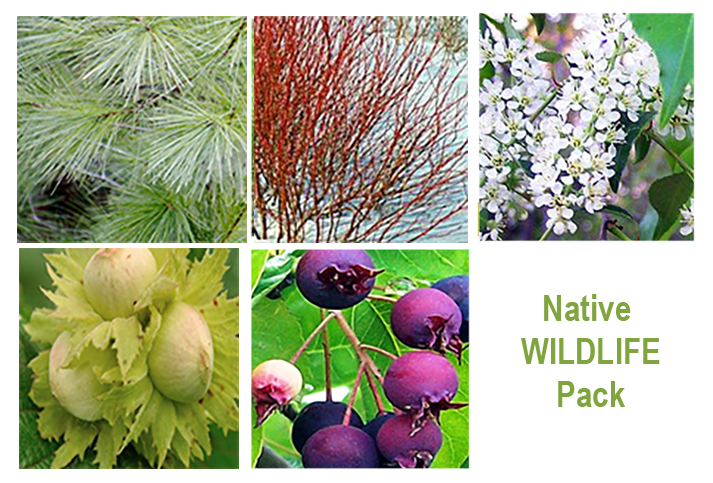
Native New York Wildlife; 2 each of White Pine, Red osier Dogwood, Black Cherry Tree, Hazelnut Bush, Juneberry Bush
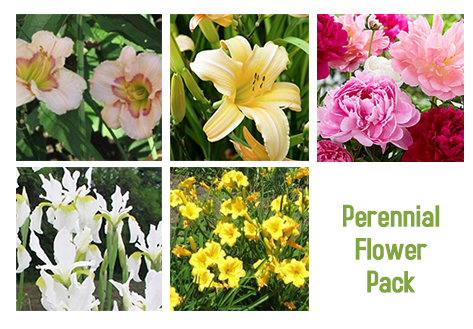 Perennial Plant Pack; 2 each of Dream Baby Daylilly, Stella De Oro Daylilly, Mixed Peony, and White Iris
Perennial Plant Pack; 2 each of Dream Baby Daylilly, Stella De Oro Daylilly, Mixed Peony, and White Iris
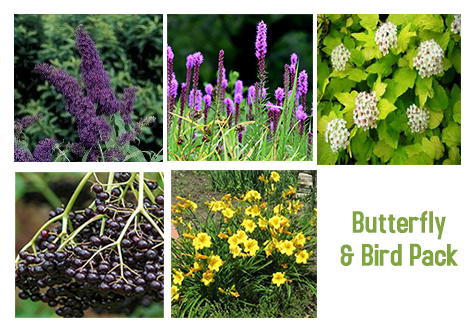
Butterfly and Bird Pack; 2 each of Butterfly Bush, Elderberry, Lilatris, Ninebark, Stella Dora Daylily
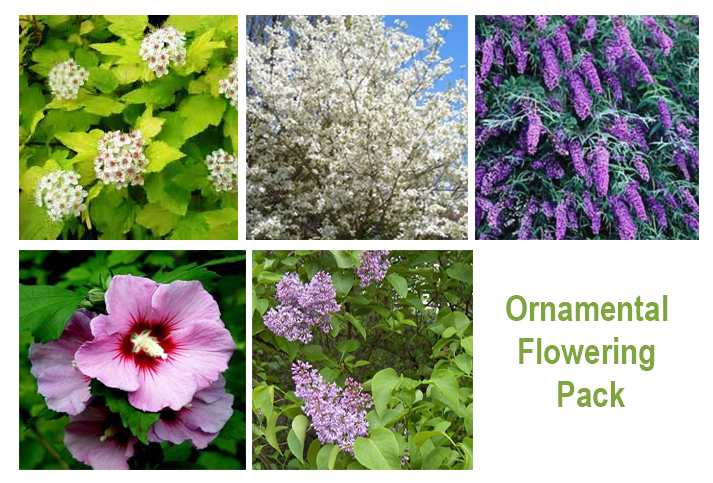
Ornamental Flowering Pack; 2 each of Ninebark, Butterfly Bush, Lilac, Rose of Sharon, White Flowering Dogwood
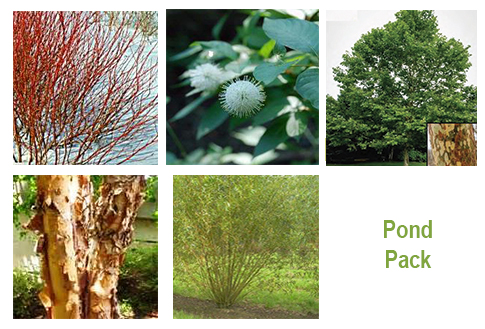
Pond Habitat Pack; 2 each of Red osier dogwood, Buttonbush, Sycamore, River Birch, Willow
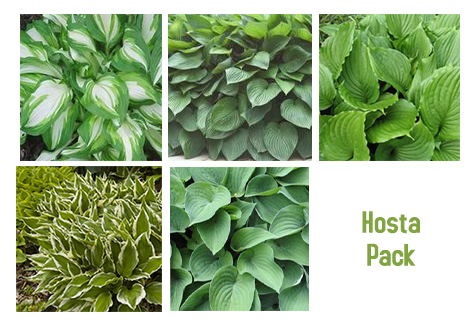
Hosta Plant Pack, 2 of each species/ variety of Ventricosa, Hyacinthia, Albo Marginata, F. Aureo Marginata, Honey Bells
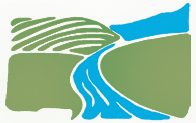
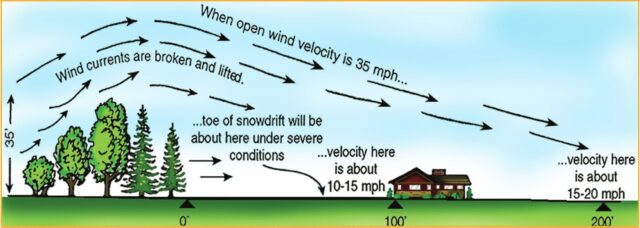
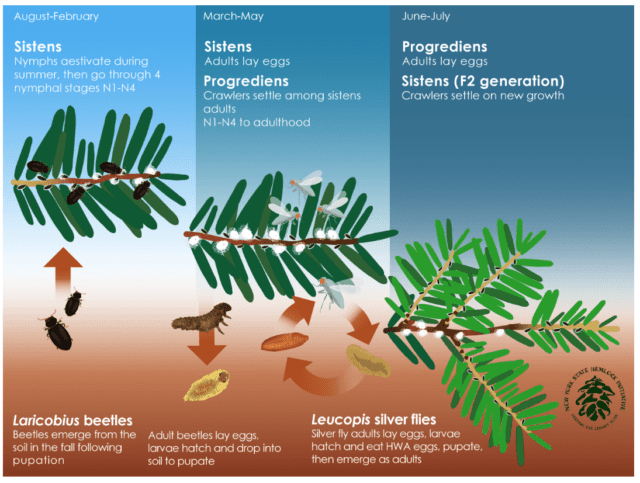 The New York State Hemlock Initiative represents the efforts of scientists, natural resources professionals, and New York residents united in their love for hemlock trees and dedication to
The New York State Hemlock Initiative represents the efforts of scientists, natural resources professionals, and New York residents united in their love for hemlock trees and dedication to 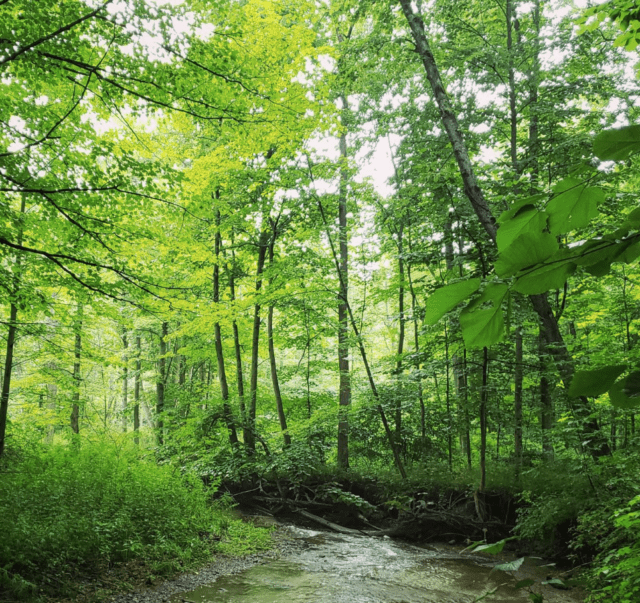
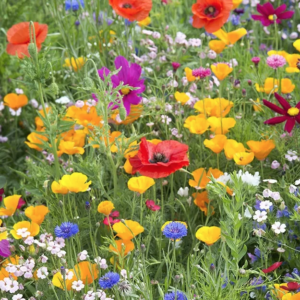 Think Spring! The District’s Forever Green Tree and Shrub sale is under way. Order online, mail a check or call the office at 315-946-7200. Orders with payment are due by March 10. 2023 with pickup dates in April.
Think Spring! The District’s Forever Green Tree and Shrub sale is under way. Order online, mail a check or call the office at 315-946-7200. Orders with payment are due by March 10. 2023 with pickup dates in April.